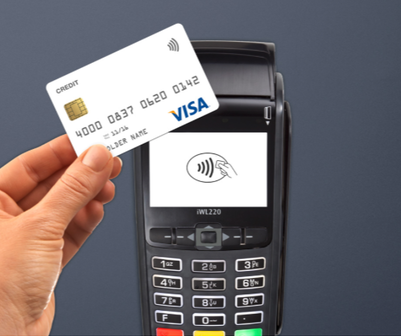All credit card transactions can be bracketed into two categories:
1. Card present
2. Card not present
The former refers to transactions in which the card is present at the time of purchase, such as in-store purchases. While fraud is not impossible, it occurs less with card present transactions.
The latter category encompasses transactions where the card is not present during payment, such as online buys. CNP transactions are considered higher risk; it’s not hard to see that fraud occurs more heavily in the second category.
Overall online fraud will undoubtedly continue to increase with U.S switching to EMV (chip and pin) for in-store payments before the year’s end, making it harder to commit card present fraud and subsequently driving fraudsters’ efforts online.
Online merchants must take extra care with anti-fraud precaution, as it’s difficult for a merchant to actually determine whether the cardholder or a fraudster is initiating the purchase. In online fraud, scammers only need the credit card information rather than the credit card itself, so consumers may not even know their card has been used until they see their statement.
Fraudsters can obtain sensitive card information by:
- card phishing: scammers posing as legitimate organizations to obtain sensitive customer information.
- skimming: employees who have access to customer data copying (either manually or electronically) sensitive information.
The risk in CNP transactions is high, but there are precautions that you can take to prevent online fraud. Despite the inherent risks, eCommerce and online sales will continue to grow in popularity because everyone reaps the benefits: businesses are able to reach a wider customer base and consumers can shop from the comfort of their homes.

